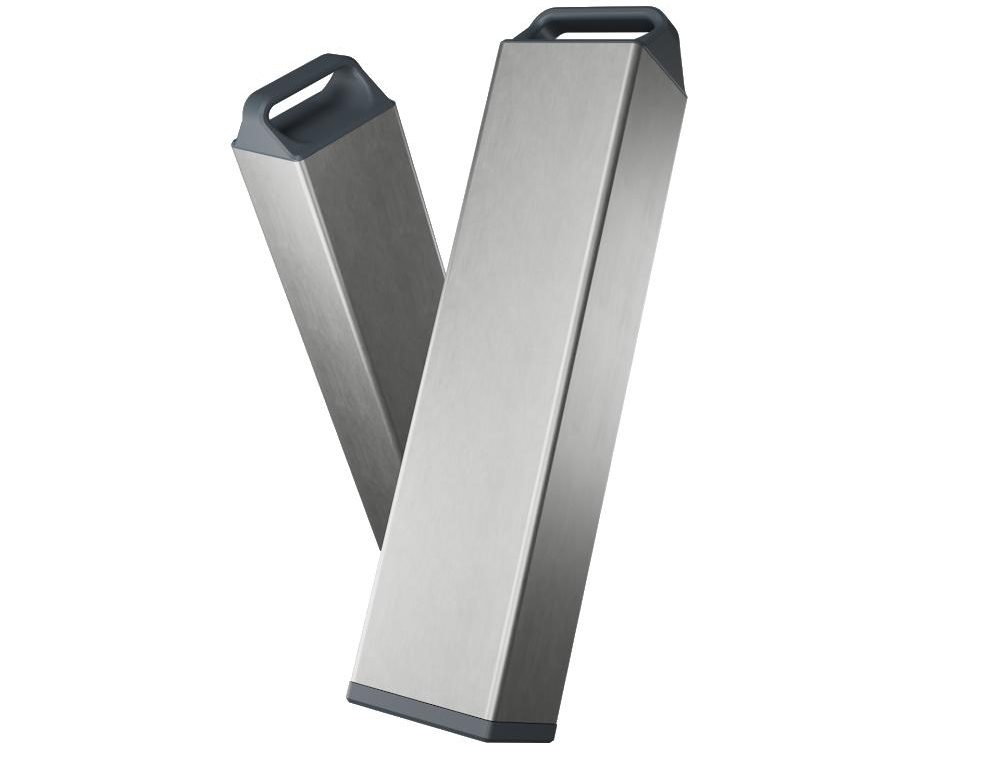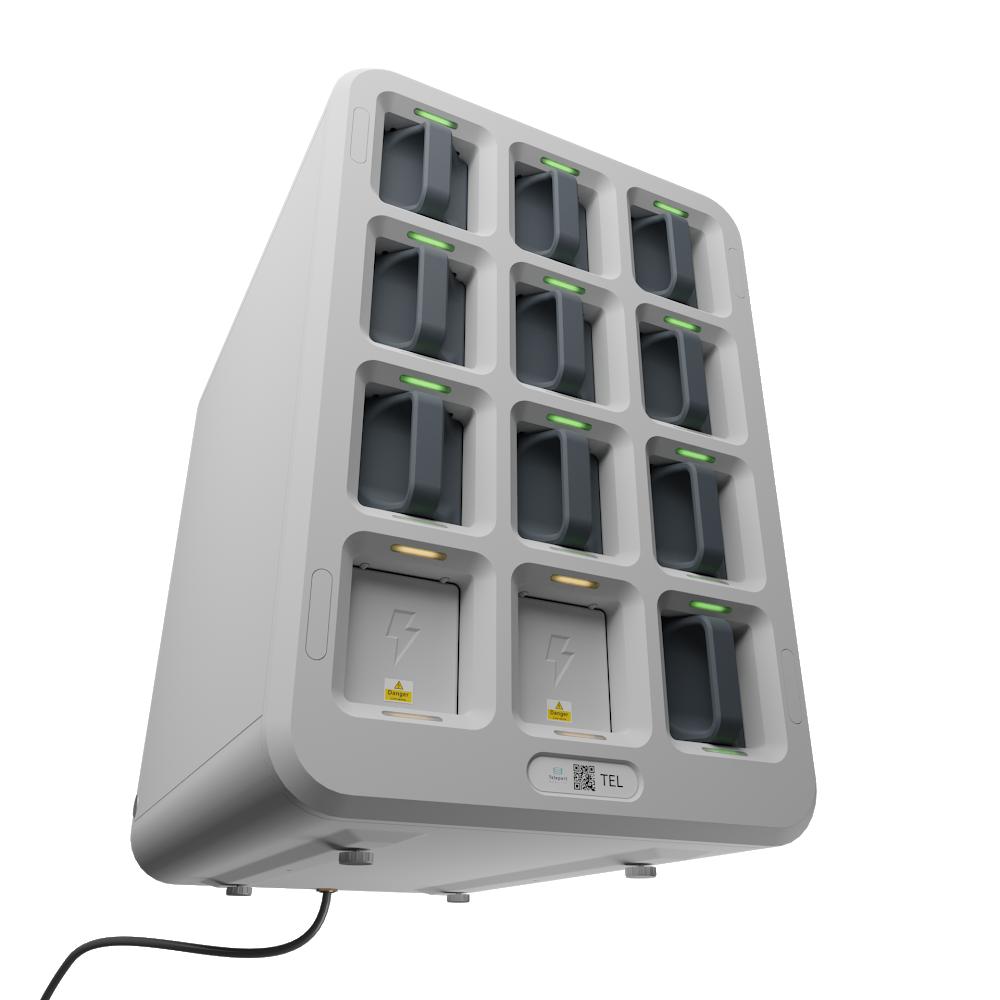FlatSix911
Well-Known Member
- Region
- USA
- City
- Silicon Valley
A step in the right direction... 

 electrek.co
electrek.co
The Teleport Mobility swappable battery system, a newly designed open source standard, hopes to create some order in the Wild West of e-bike and e-scooter battery packs.
Electric bikes and e-scooters are great, hands down. But what about their batteries? With each company operating their own proprietary batteries, these packs are often the weak links. Replacements are annoying to find and the packs themselves often die sooner than the vehicles, especially in the shared e-mobility markets. In those shared mobility markets, charging is a constant problem that is often solved by an army of independent contractors or dedicated charging teams who carry scooters around in gas-guzzling vans.
Swedish startup Teleport Mobility’s battery system makes sense as a way to solve the issue of dozens of different batteries and finding ways to charge them. The team has more than 100 years of experience combined working in the transportation/mobility sector and is preparing to solve one of the biggest problems in the industry. As Teleport Mobility’s CEO Simon Fellin explained in a statement provided to Electrek:



Teleport will be launching battery swapping pilot programs in northern Europe with select partners next month, with a more extended launch planned for the 2021 season. The batteries themselves are 14S packs, roughly equivalent to 52V nominal voltage, which is common in many electric bicycles on the market. The packs use 21700-size cylindrical cells from Teleport’s development partner Northvolt to create a 666 Wh pack, which is slightly more than the current average size for most e-bike and e-scooter batteries.

Could this new open source e-bike and e-scooter battery standard finally bring order?
The Teleport Mobility swappable battery system, a newly designed open source standard, hopes to create some order in the Wild...
 electrek.co
electrek.co
The Teleport Mobility swappable battery system, a newly designed open source standard, hopes to create some order in the Wild West of e-bike and e-scooter battery packs.
Electric bikes and e-scooters are great, hands down. But what about their batteries? With each company operating their own proprietary batteries, these packs are often the weak links. Replacements are annoying to find and the packs themselves often die sooner than the vehicles, especially in the shared e-mobility markets. In those shared mobility markets, charging is a constant problem that is often solved by an army of independent contractors or dedicated charging teams who carry scooters around in gas-guzzling vans.
Swedish startup Teleport Mobility’s battery system makes sense as a way to solve the issue of dozens of different batteries and finding ways to charge them. The team has more than 100 years of experience combined working in the transportation/mobility sector and is preparing to solve one of the biggest problems in the industry. As Teleport Mobility’s CEO Simon Fellin explained in a statement provided to Electrek:
The harsh treatment that shared e-scooter and e-bike batteries receive is the cause of more than half of life-cycle emissions of the industry. Battery pack production accounts for about one-third, or approximately 60 kg CO2-eq of the total production emissions of a shared vehicle. However, since batteries are sensitive to both temperature and impact, they do not last nearly as long as the frame of the shared vehicle. Driving back and forth to central warehouses, often in a diesel truck, to swap batteries, also accounts for the majority of the operational emissions and almost half of the cost of the mobility operators.



Teleport will be launching battery swapping pilot programs in northern Europe with select partners next month, with a more extended launch planned for the 2021 season. The batteries themselves are 14S packs, roughly equivalent to 52V nominal voltage, which is common in many electric bicycles on the market. The packs use 21700-size cylindrical cells from Teleport’s development partner Northvolt to create a 666 Wh pack, which is slightly more than the current average size for most e-bike and e-scooter batteries.


